Just the thought of the slightly crispy outside and deliciously soft inside of a homemade donut makes our mouths start to water. But turning out an excellently-made donut isn’t exactly easy. The process can be intimidating for a lot of reasons. But don’t let that stop you. Here are all of our secrets to making the perfect yeast donuts.
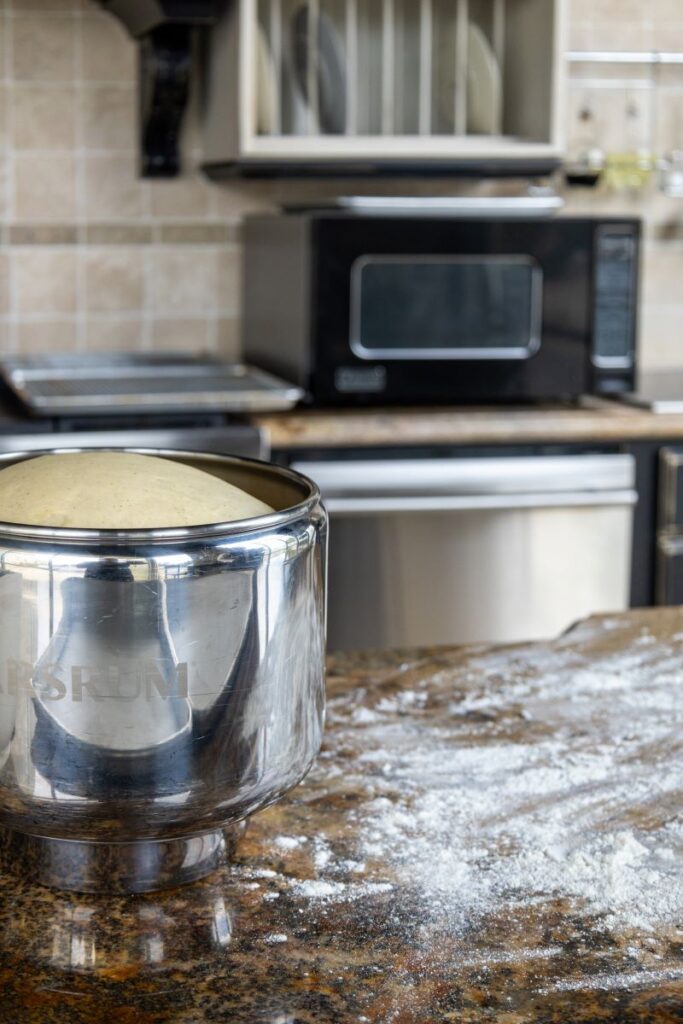
1. Proper Dough Development & Proofing
Recipes may vary, but expect most doughs to require at least an hour to proof (up to two hours on some). Keep it in a warm, dry place until the dough gets pillowy soft and doubles in size. A properly proofed dough will maintain the impression of a finger when poked, but will not collapse.
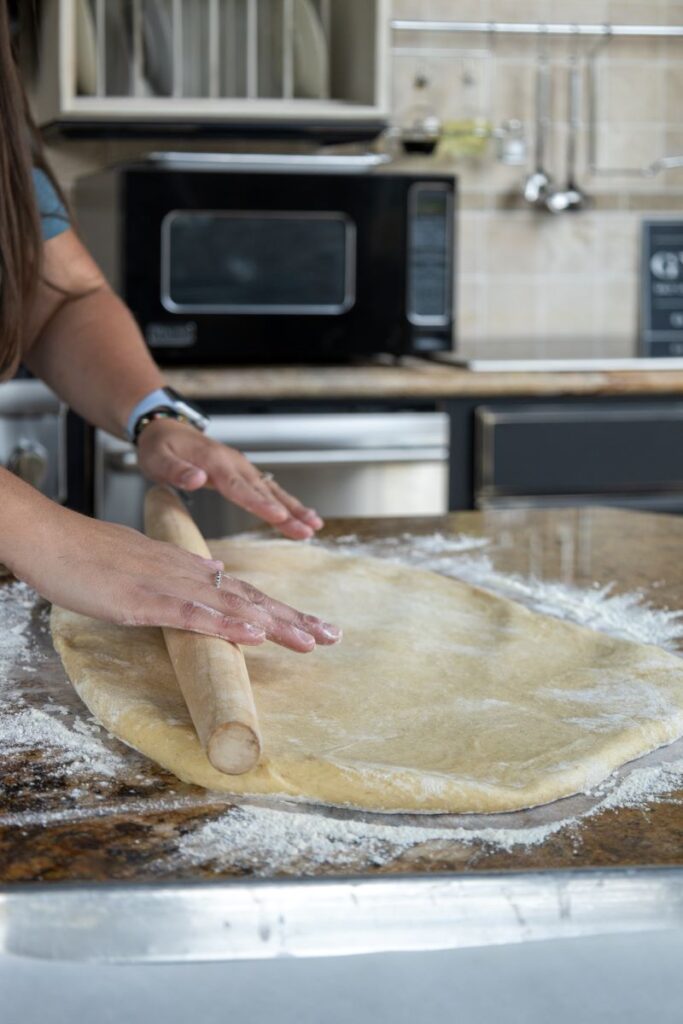
2. Try Not to Overwork the Dough
Do not overmix your dough. The final dough should be smooth, soft, and elastic before you allow it to rise. And when you roll out your dough you want to get as many donuts cut on that first roll as you can. The more you reroll, the tougher your donuts will get.
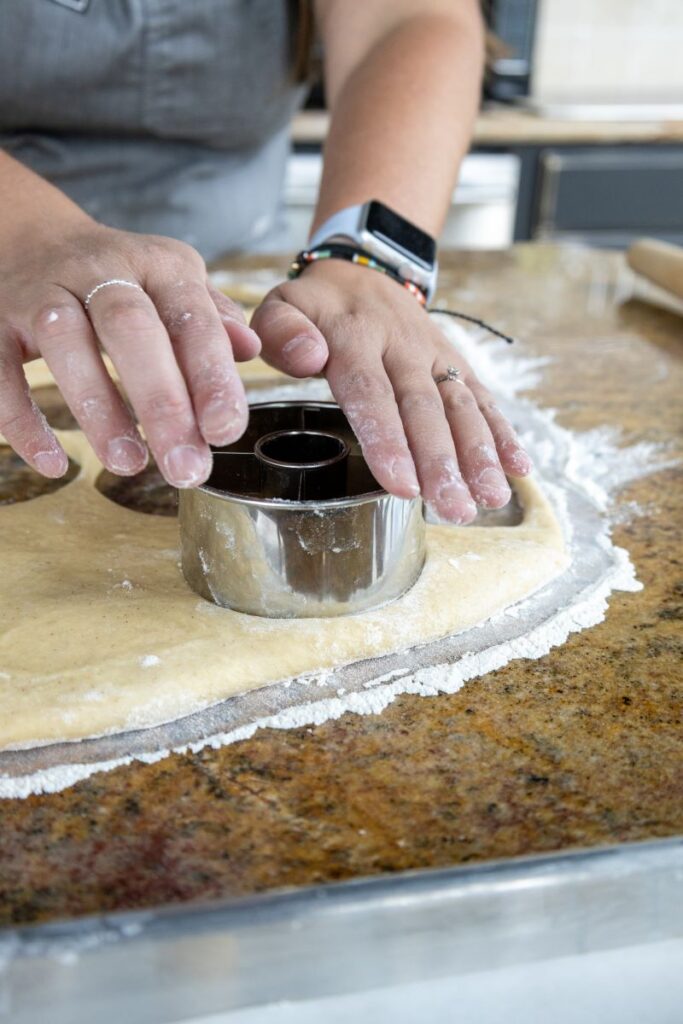
3. Use the Right Cutters
This is in line with not overworking the dough. You want a donut cutter that will slice through the dough without tearing. And simple round cutters are usually the easiest. While plastic cookie cutters can get the job done, but we prefer the efficiency of the Ateco donut cutters. We find they cut through the dough more cleanly.
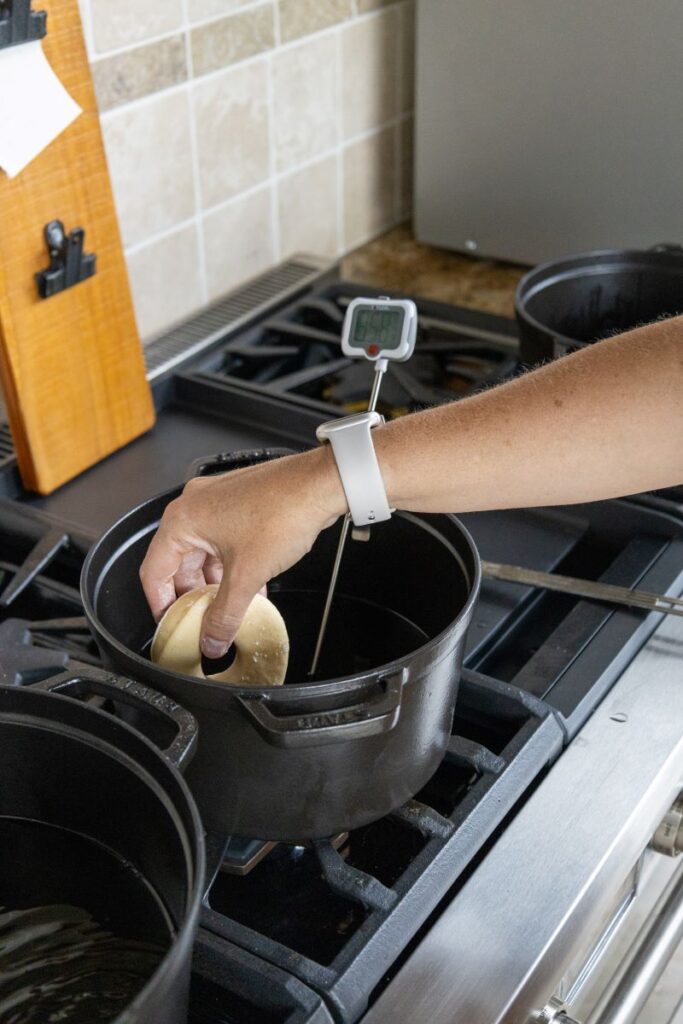
4. Don’t Flatten the Dough
Donut dough is pretty delicate. So when you move your cut donut from the parchment to the frying basket you want to work gently and carefully. Otherwise, you might accidentally deflate your donut. You can pick up the dough with your fingers or tongs, but another trick is to use chop sticks.
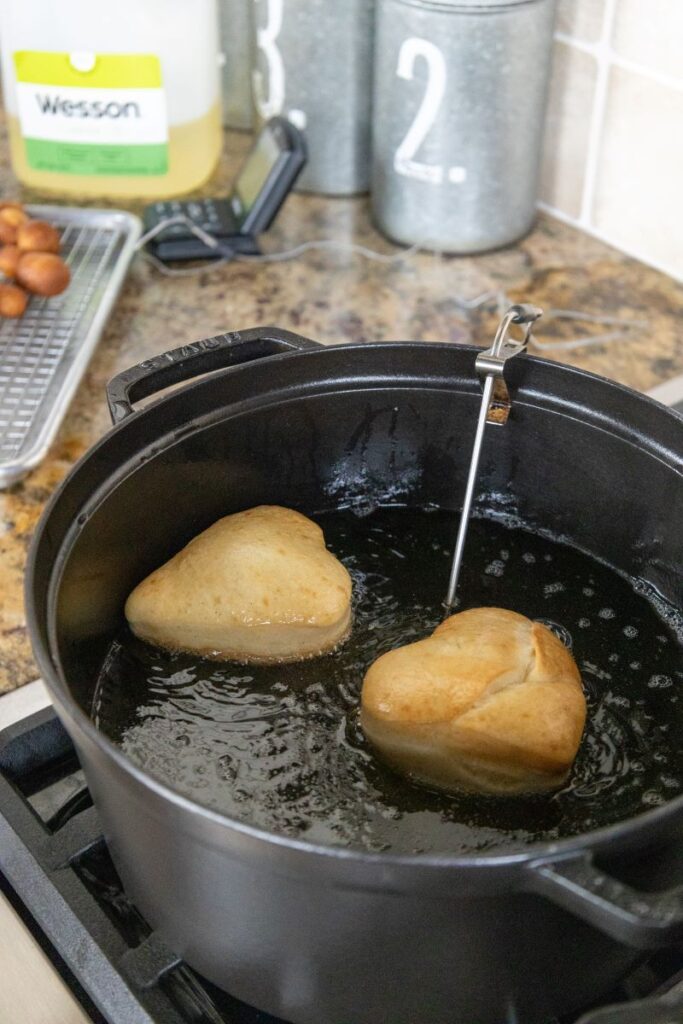
5. Use Fresh Oil
Nothing compares to the nasty taste of a donut fried in rancid oil. Which is why we prefer to use oil that is fresh. Also remember, oil absorbs the flavors and odors of whatever you cook in it. So you don’t want to turn around and use the oil to fry your fish to then fry up some donuts. That said, you can strain the oil you use for donut-making and store it to use again. But most oils will only work for about two batches of donuts.
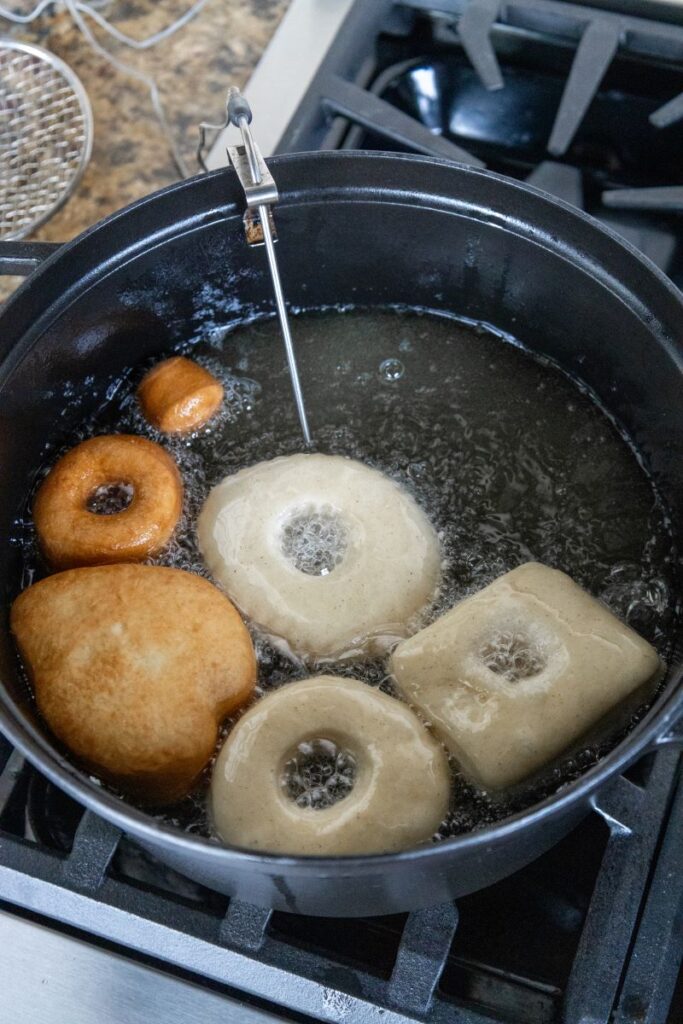
6. Maintain the Right Frying Temperature
At the right temperature, the perfect yeast donuts donuts cook evenly and don’t actually absorb a lot of oil. If the temperature gets too low the donuts take longer to cook and come out greasy. If the temperature gets too high the outside of the donuts will overcook before the inside and you will have raw dough. The ideal temperature for frying is about 360℉. As soon as the oil reaches that temperature you are ready to go. But remember, adding the dough will bring the temperature down. So after you fry some donuts you will want to wait for the temperature to climb back up before starting the next ones. This is why a reliable thermometer is your most valuable tool.
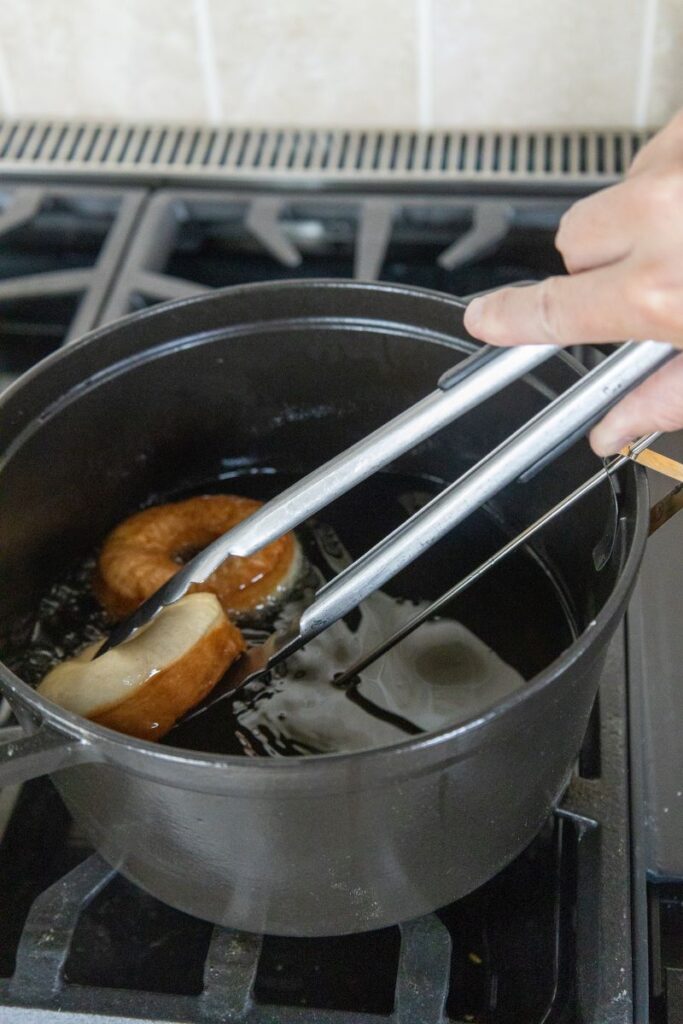
7. Release Away from You
One of the biggest concerns when frying donuts is avoiding the splatter of hot oil. This can mean using the right tools, like long handled tongs or a wire mesh strainer to keep your hands far enough away. It also means taking care when you’re putting donuts in the oil and flipping them. You want to hold onto the donut until it is partially submerged and then gently release it away from you. The long handle tongs were perfect for this.
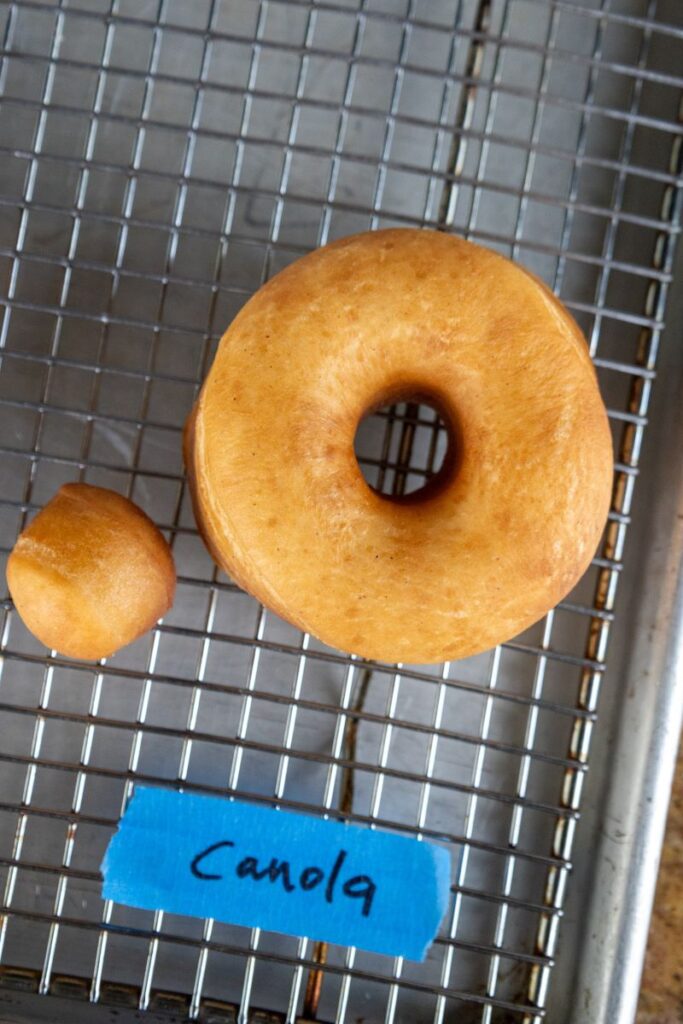
8. Use a Wire Cooling Rack
You don’t want your yeast donuts to keep absorbing oil after they are cooked. So, once it’s done, hold the donut over the oil for a few seconds to let some of that excess oil drain off. Then place the donuts on a wire cooling rack lined with paper towels.
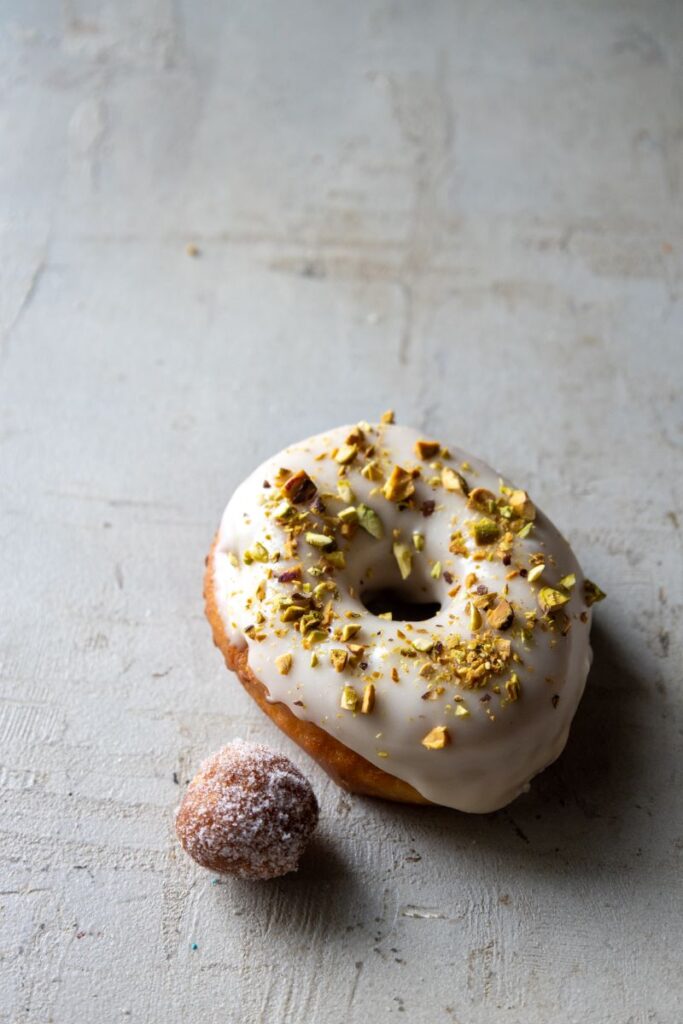
9. Coat Correctly
For sugared donuts you want to work fast, while the donuts are still relatively warm. You can roll them in sugar or toss them in a plastic bag. If you wait too long, the sugar will not adhere. For the prefect glaze, you want to give your donuts a little more time to cool. You also want to make sure your glaze isn’t too runny, so add the liquid to your powdered sugar in very small amounts.
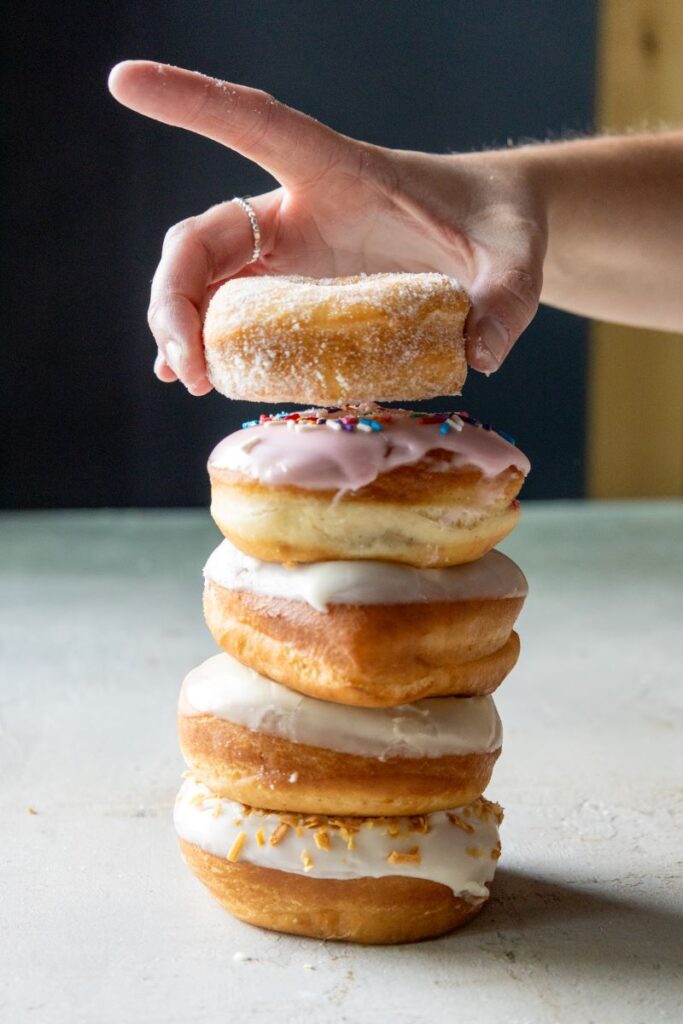
10. Stick With It
Maybe your donuts don’t turn out right on the first try. Don’t give up! As you practice, practice, and practice some more you will start to understand the nuances of your dough, your oil, and your tools. And eventually you will figure out how to get them just right. Trust us! This is one delicious treat that is worth the effort.
These are our best tips for making the perfect yeast donuts. Armed with all this information you should have the confidence you need to finally give them a try and start baking some new traditions in your home. What do you think?




